Bailout Watch 117: General Mopar Would Be Too Big To Fail
Fresh off his recent membership in TTAC’s Cassandra club, Daniel Howes of the Detroit News has gone back to spinning bad news into industry gameplans. His latest column extolls the virtues of a GM-Chrysler merger, while admitting that such a move would be disasterous for everyone except GM and Chrysler. “Seen from the viewpoint of blue-collar labor, white-collar employees, local governments, dealers, the state of Michigan and the industrial Midwest, just about anyone whose livelihood depends on the dubious survival of Chrysler would pay a dear price,” writes Howes of a possible GM absorption of Chrysler. But, from the narrow perspective of an industry suit, these myriad viewpoints are just so much firewood to be burnt at the altar of survival. And Howes is conveniently on hand to stack it up and pass the matches.
More by Edward Niedermeyer
Latest Car Reviews
Read moreLatest Product Reviews
Read moreRecent Comments
- Theflyersfan I always thought this gen XC90 could be compared to Mercedes' first-gen M-class. Everyone in every suburban family in every moderate-upper-class neighborhood got one and they were both a dumpster fire of quality. It's looking like Volvo finally worked out the quality issues, but that was a bad launch. And now I shall sound like every car site commenter over the last 25 years and say that Volvo all but killed their excellent line of wagons and replaced them with unreliable, overweight wagons on stilts just so some "I'll be famous on TikTok someday" mom won't be seen in a wagon or minivan dropping the rug rats off at school.
- Theflyersfan For the stop-and-go slog when sitting on something like The 405 or The Capital Beltway, sure. It's slow and there's time to react if something goes wrong. 85 mph in Texas with lane restriping and construction coming up? Not a chance. Radar cruise control is already glitchy enough with uneven distances, lane keeping assist is so hyperactive that it's turned off, and auto-braking's sole purpose is to launch loose objects in the car forward. Put them together and what could go wrong???
- Jalop1991 This is easy. The CX-5 is gawdawful uncomfortable.
- Aaron This is literally my junkyard for my 2001 Chevy Tracker, 1998 Volvo S70, and 2002 Toyota Camry. Glad you could visit!
- Lou_BC Let me see. Humans are fallible. They can be very greedy. Politicians sell to the highest bidder. What could go wrong?

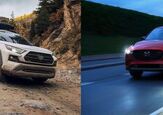














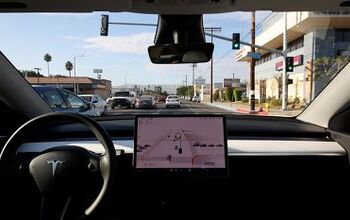
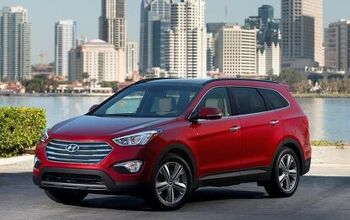
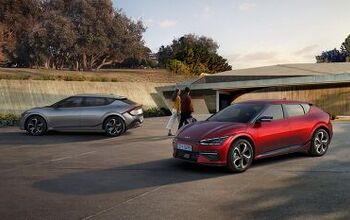
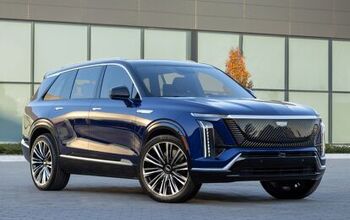
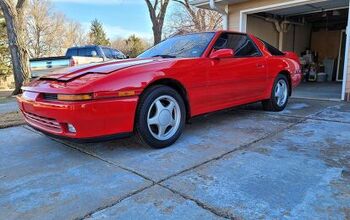
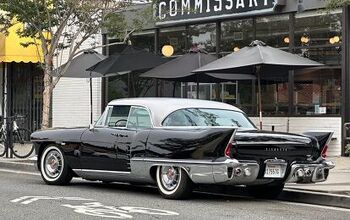

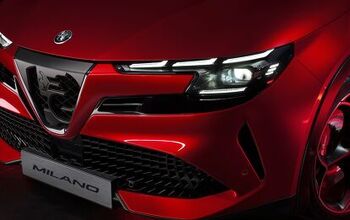
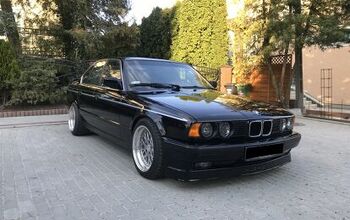
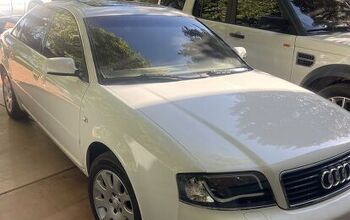
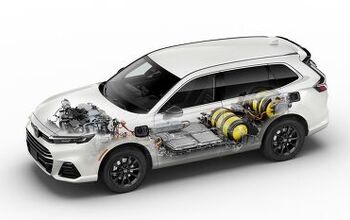

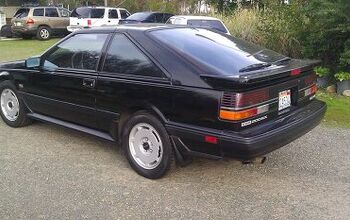
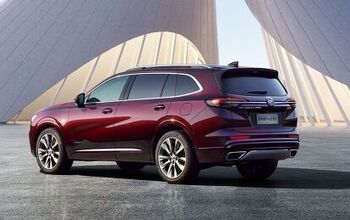
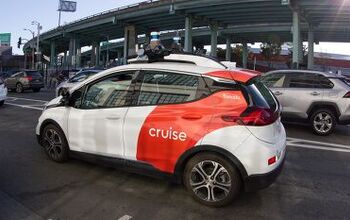
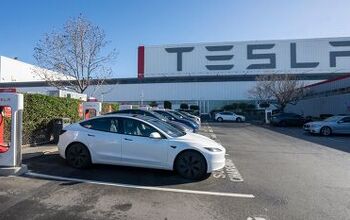
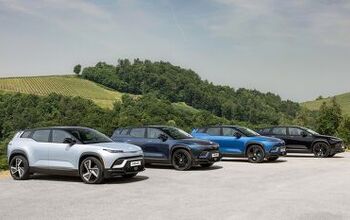
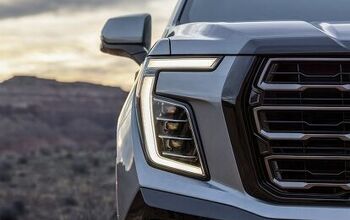
Comments
Join the conversation
There is no actual need to preserve GM, other than its support network for existing product, which is sizable. The government will take this over, as well as its pension plan. It is ridiculous to believe GM-Mopar would be too big to fail. The Titanic was "unsinkable", too.